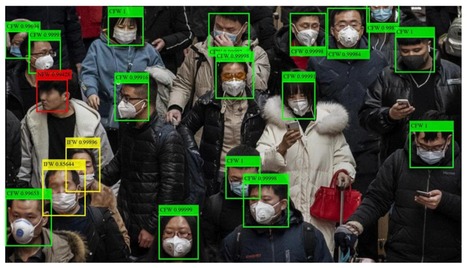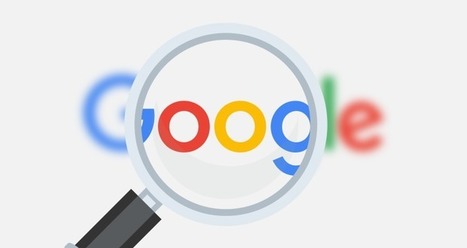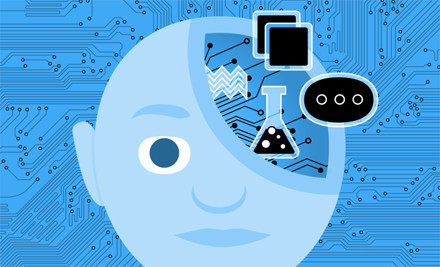Via nrip

|
Rescooped by Richard Platt from healthcare technology |
Via nrip
Since the start of the pandemic, new technologies have been developed to help reduce the spread of the infection.
Some of the most common safety measures today include measuring a person’s temperature, covering your nose and mouth with a mask, contact tracing, disinfection, and social distancing. Many businesses have adopted various technologies, including those with artificial intelligence (AI) underneath, helping to adhere to the COVID-19 safety measures. While there are many AI solutions to help ensure that COVID-19 prevention practices are observed, many of them have flaws or limits. In this article, we will cover some of the issues creating obstacles for fighting the pandemic.
Issue #1. Manual temperature scanning is tricky
Issue #2. Monitoring crowds is even more complex
Issue #3. Contact tracing leads to privacy concerns
Issue #4. UV rays harm eyes and skin
Issue #5. UVC robots are extremely expensive
Issue #6. No integration, no compliance, no transparency
Regardless of the safety measures in place and existing issues, innovations are already playing a vital role in the fight against COVID-19. By improving on existing technology, we can make everyone safer as we all adjust to the new normal.



 Your new post is loading...
Your new post is loading...
















Yes, there are issues with some of the innovations being used. But a faster response is a useful response. I found this post extremely well researched and accurate , and not necessarily negetive. We need criticism of good intentions to make them better. This post does that. These is a valuable list of some shortcomings and some mistakes which will be worked on and improved. Sometimes by changing the system, sometimes by changing the financial model, and sometimes by changing behaviour and mindset.
The future of healthcare contains a lot of AI. That bit is true.